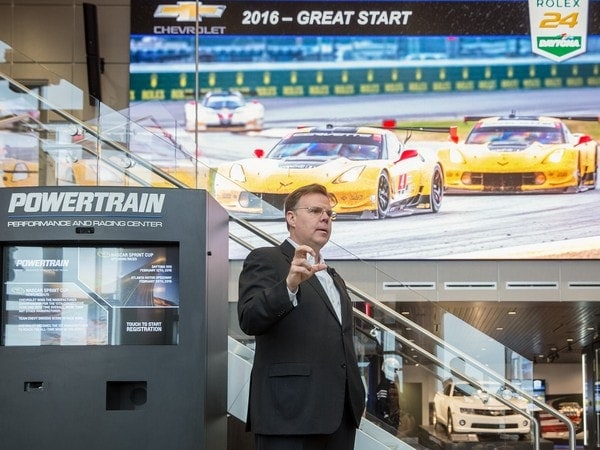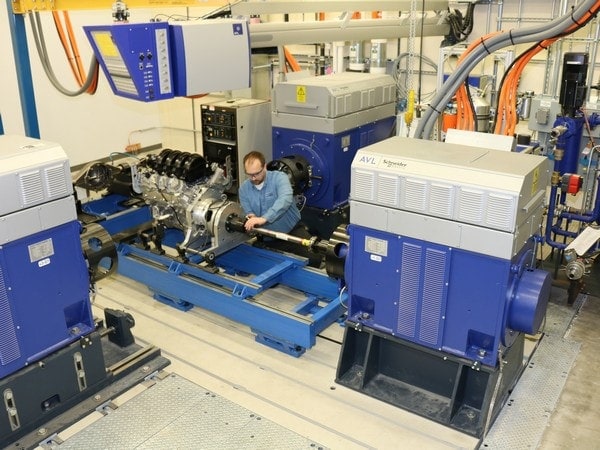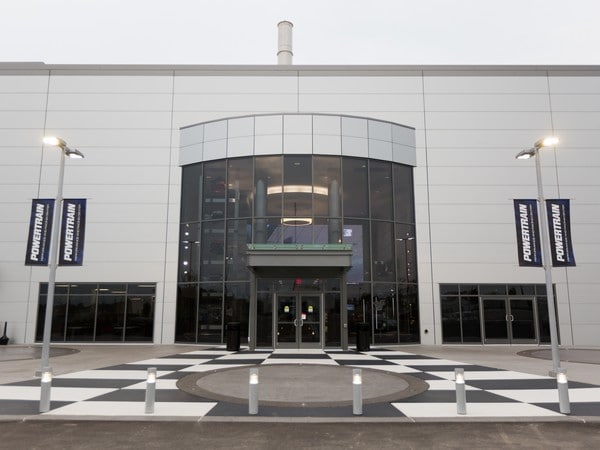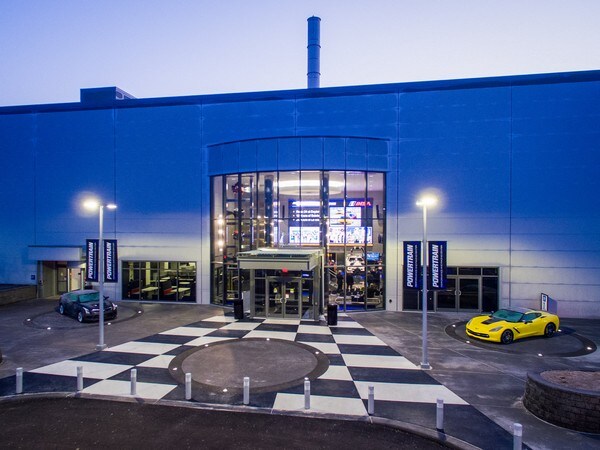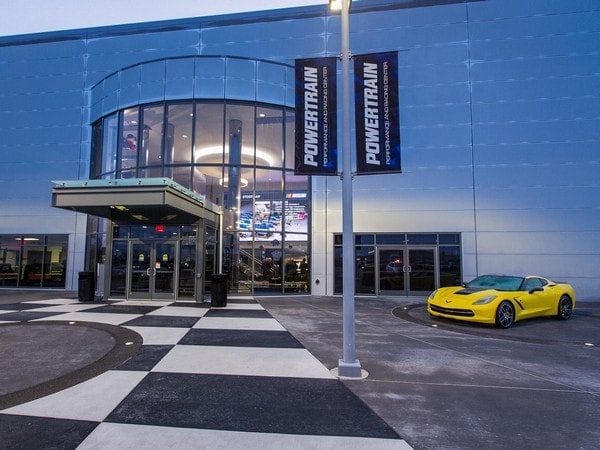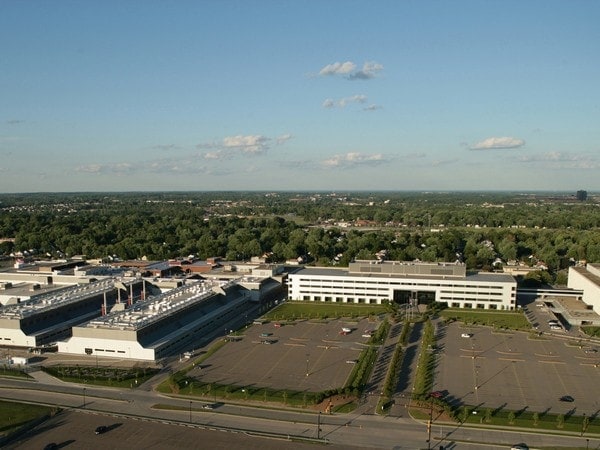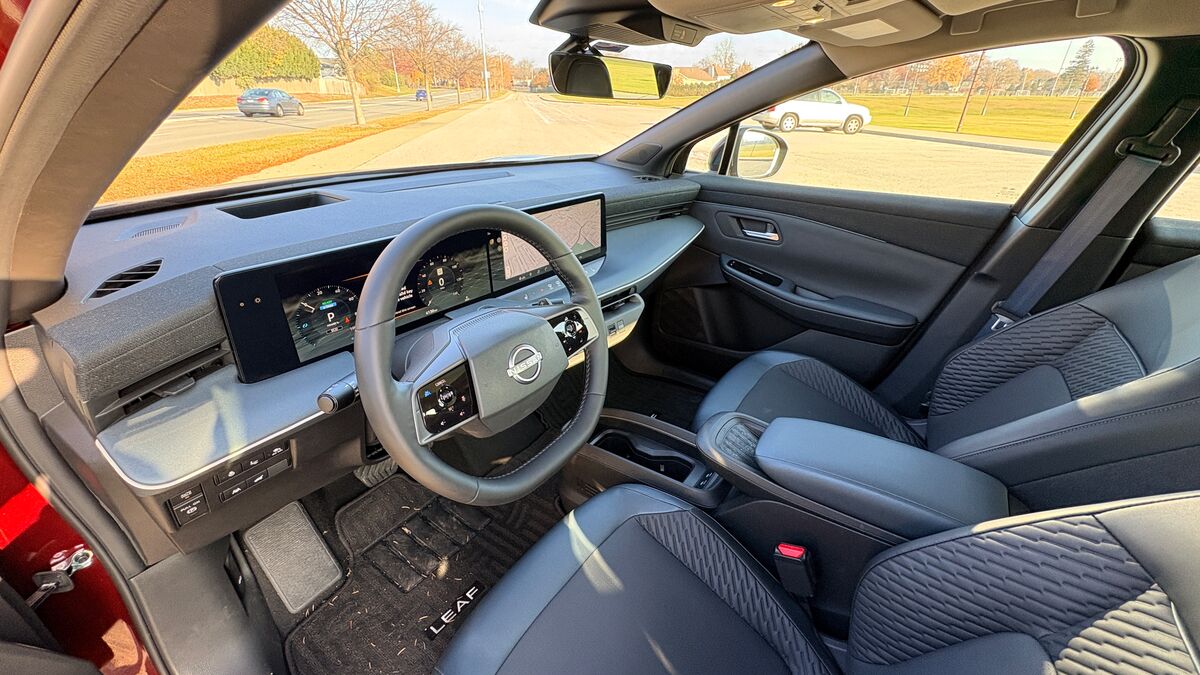Coming off one of its most successful racing seasons, GM has doubled down on its motorsports commitment with a vast new facility dedicated to competition support, particularly in the area of engine development. Located in Pontiac, Michigan, next door to the corporation’s global powertrain development headquarters, it’s called the General Motors Performance and Racing Center, and its 111,420 square feet of floor space (about 2.6 acres) is home to a state-of-the-art collection of computer design, engine and driveline dynamometers, CNC machining, and engine assembly facilities.
The center has been under development since 2007, but officially opened its doors to the public the first week of February. In addition to supporting and supplying race teams, GM plans to make the center available to car club activities and perhaps a kickoff point for the annual Woodward Avenue Dream Cruise.
Fast Five
The center’s current engine menu includes five main entrees:
NASCAR R07 is an overhead valve V-8 designed to Sprint Cup series specifications. Chevy powered Kyle Busch to the 2015 Sprint Cup championship, and also propelled Ryan Newman to victories in the Daytona 500 and Brickyard 400. Newman holds a degree in structural engineering from Purdue University, and works closely with GM in engine and drivetrain development.
IndyCar 2.2-liter V6 is a twin-turbo DOHC 24-valve direct injection powerhouse developed by ILMOR Engineering that powered Juan Pablo Montoya to his second victory at the Indy 500 last year, and Scott Dixon to the series championship. With the turbos huffing up “high boost”—Chevy refrains from specifics—the little V6 puts out “about 700 horsepower.” In cars weighing in at 1545 pounds minimum (1575 in road circuit trim), this adds up to a pretty dramatic power-to-weight ratio.
Corvette 5.5-liter V-8 has a displacement specified by the Auto Club de l’Oest (ACO), the sanctioning body for the 24 Hours of LeMans. Racing Center engine gurus start with the 6.2-liter engine block, sleeve it down and restrict the intake to bring it into compliance. While the street-legal version of the C7R’s engine is rated at 650 horsepower, the race version generates an estimated 485 horsepower as a result of the sanctioning rules. But the Le Mans Corvettes tip the scales at just 2745 pounds, considerably less than their road-going siblings. Corvettes have prevailed in their Le Mans class in eight of the last 16 runs, and most recently scored a resounding 1-2 class finish at the Daytona 24-hour.
Cadillac ATSV-R 3.6-liter V-6 has been developed to FIA GT3 specifications. It starts with the production ATS-V LF4 3.6-liter twin turbo V-6, which is rated for 464 hp and 445 lb-ft of torque. In race tune, with bigger turbos, more intercooler capacity, competition exhaust, and engine management calibrated for racing, output soars to about 600 hp.
COPO is an acronym stands for Central Office Production Order, and applies primarily to engines prepped for drag racing. But the center also fabricates a few—a very few (69 are planned for 2016)—rolling chassis to quarter-mile racing teams.
In addition to the foregoing, the center is also the source for so-called crate motors, generally small block V-8 engines ready to bolt into custom cars and/or hot rods.
Techno Diversity
The center isn’t limited to go fast hardware. Some of this vast space is shared with alternative propulsion development—hybrid batteries and fuel cells. GM’s fuel cell program is a joint venture with Honda, and has been marching toward smaller packages with reduced platinum content for over a decade. Honda is going to market in California with its Clarity fuel cell car, but GM doesn’t plan to make a car available before 2020.
The difference, according to one of the project’s directors, is that Honda will also market the Clarity in Japan, where the government is actively supporting wholesale conversion to fuel cell use.
